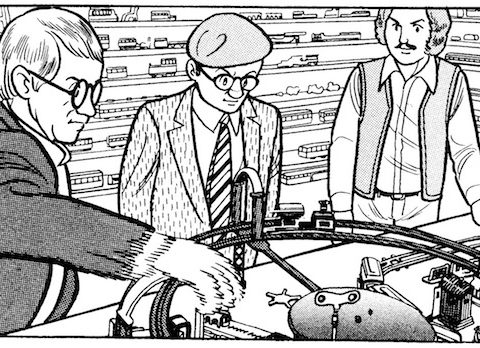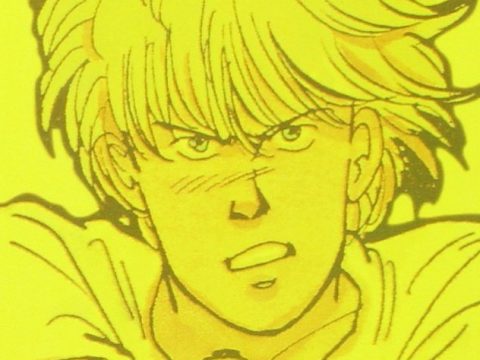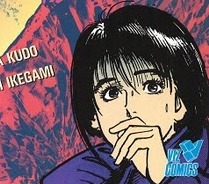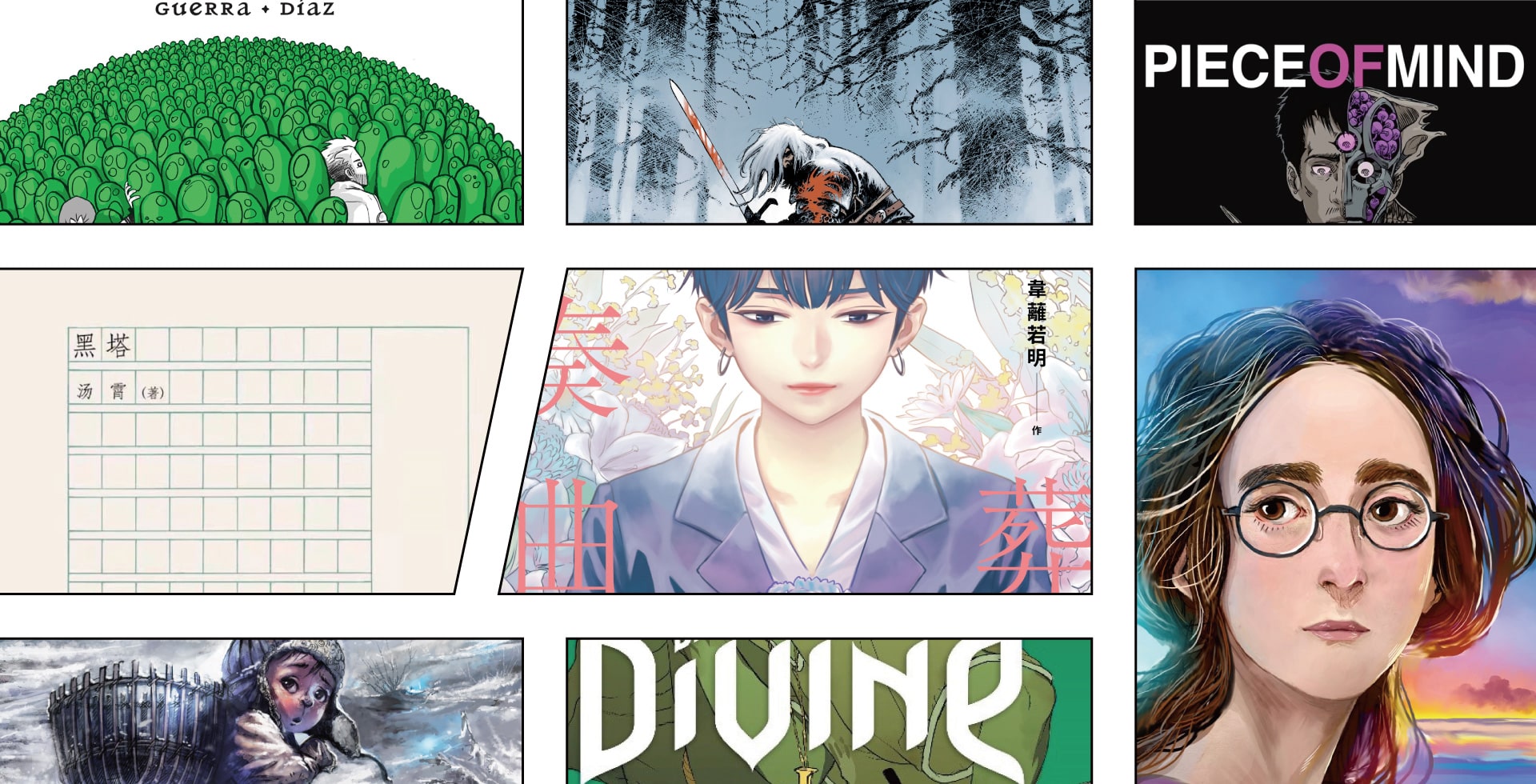
Frederik L. Schodt is an author and translator who once worked with Osamu Tezuka and who published the groundbreaking book Manga! Manga! Right now he’s helping out the Japan International Manga Award and getting ready to do a special event with Matt Alt on manga’s popularity in America. Otaku USA caught up with Schodt about his involvement in the Japan International Manga Award, how you can submit your work, and where you can see his event with Matt Alt.
Can you please tell us about the Japan International Manga Award and how you got involved on the executive committee?
The Japan International Manga Award was established in 2007, under the auspices of Japan’s Ministry of Foreign Affairs. It is distinguished from the many other manga related awards in Japan in a few significant ways. It is under the auspices of a government ministry and thus operated with tax money. It is designed not for Japanese citizens, but for artists overseas, to help raise awareness of Japanese manga culture, to promote international exchanges and understanding and, in a more general sense, to promote comics culture world-wide. It’s a wonderful award, granted every year to artists who submit works of high quality and originality. There are Gold, Silver, and Bronze categories, and while there is no prize money involved, it’s a great opportunity for up-and-coming artists. The Gold and Silver winners are usually invited to Japan for the award ceremony, and feted for around ten days, all expenses (including airfare) covered. It’s a great opportunity to see Japan, to see manga culture up close, to meet Japanese artists, and to have one’s own work critiqued. During the pandemic, the ceremonies have alas been conducted virtually, but hopefully we will soon be back to the regular format.
I’ve won quite a few awards in Japan, mostly for my work writing or talking about manga, and translating them. In 2009, I was awarded the Order of the Rising Sun, Gold Rays with Rosette by the Emperor, and later that year (perhaps because of it?), I also won the 2009 Ministry of Foreign Affairs International Manga Award, Special Category, for helping to promote manga overseas. As sometimes happens with awards in Japan, if you win one, you also may later be invited to serve on a judging panel or act as an advisor, and that’s what happened to me. In 2014, one of the five executive committee members, Hamano Yasuki, suddenly passed away, and I was asked if I would join the committee, so I did.
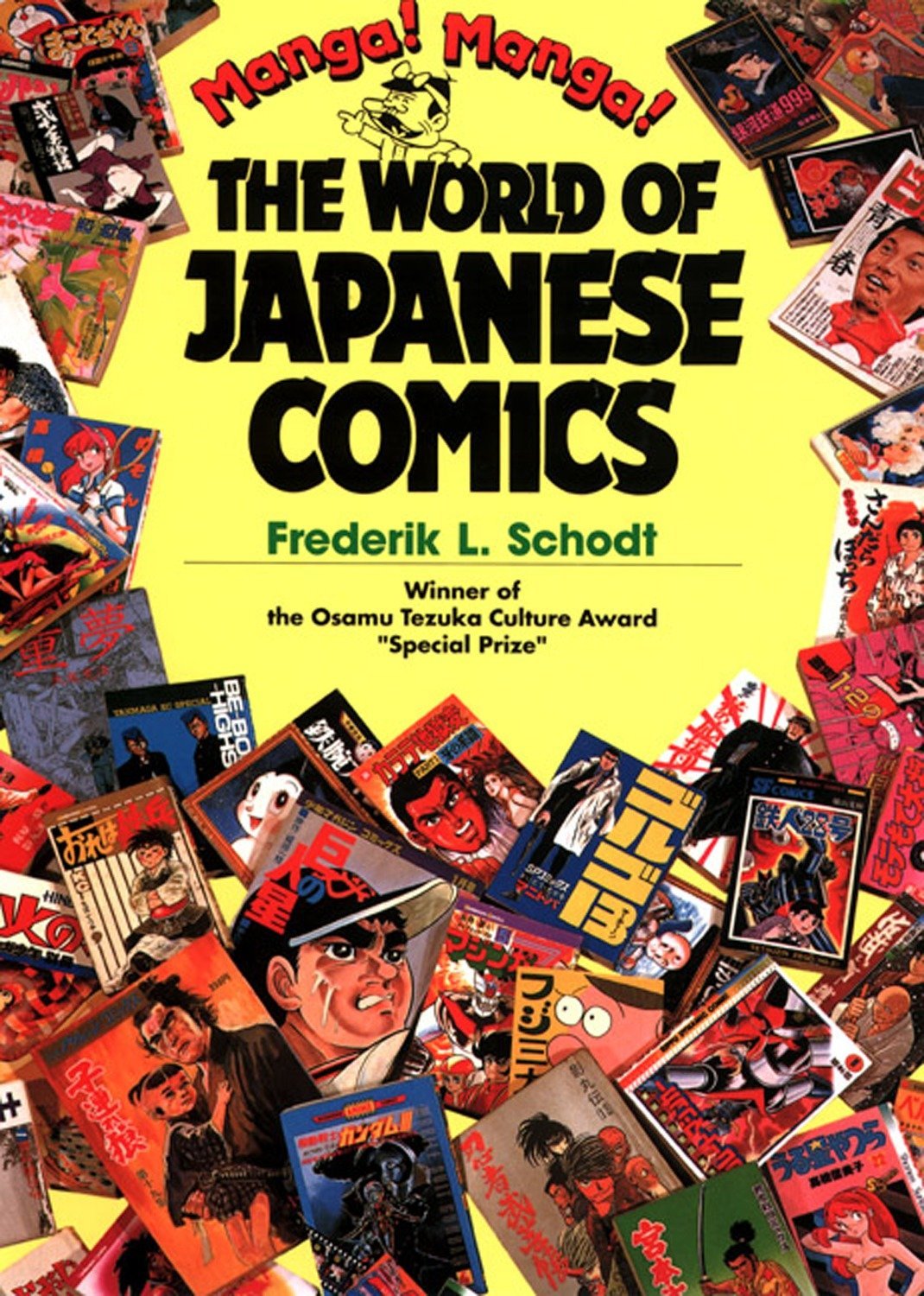
What are your duties on the executive committee?
My role on the executive committee has always been quite minimal, mainly, I think, to bring an international perspective and to attend various meetings related to the award and, of course, the award ceremony itself. Recently, I’ve been trying to help the organization navigate around the word “manga” in their English promotional materials. It’s such a tricky word, and it may confuse North American artists, who think they have to draw in Japanese manga style in order to submit anything, which is definitely not true. In Japanese, of course, “manga” can mean comics, cartoons, and even (not too long ago) animation. It doesn’t necessarily mean “Japanese comics.” It can also refer to foreign comics and cartoons, too. It’s as problematic and confusing a term as the English “comic books,” or “comics.”
How can people submit for the Japan International Manga Award?
Last year there were 483 entries from 76 countries and regions, and the top winners were from Holland, Spain, Taiwan, and Ukraine, the Ukrainians alas even being unable to attend the award ceremony virtually, given the war. Given the size of U.S. comics culture, there really should be more submissions from North America, so if anyone from this area of the world is interested, do please apply. As mentioned, the entries do not need to be in what is often thought outside of Japan as “manga” style, since winners in the past have included European bande dessinée style, as well as totally original styles from Mongolia and Hong Kong. The deadline for the 16th award is July 8. For details, please see the award website.
What sort of a discussion are you having with Matt Alt at the Japan Society, and where can people see this?
It is put together by the Japan Society of Northern California, and it will be a hybrid format discussion, both virtual and in-person, scheduled for June 28th in North America (the 29th in Japan). I will be on site in San Francisco with up to fifty people in the audience, and Matt and his wife, Hiroko Yoda, will be logging in from Tokyo. The official title is: “Manga Mania: A brief history of how manga conquered America and left an indelible imprint on pop culture.” The title is a little hyperbolic in my view, but titles of all events probably are. It’s definitely going to be a brief and simplified history of a complicated phenomenon, but I’ve given talks with Matt a few times before and it has always been a blast. The URL for the free (!) event is [here].
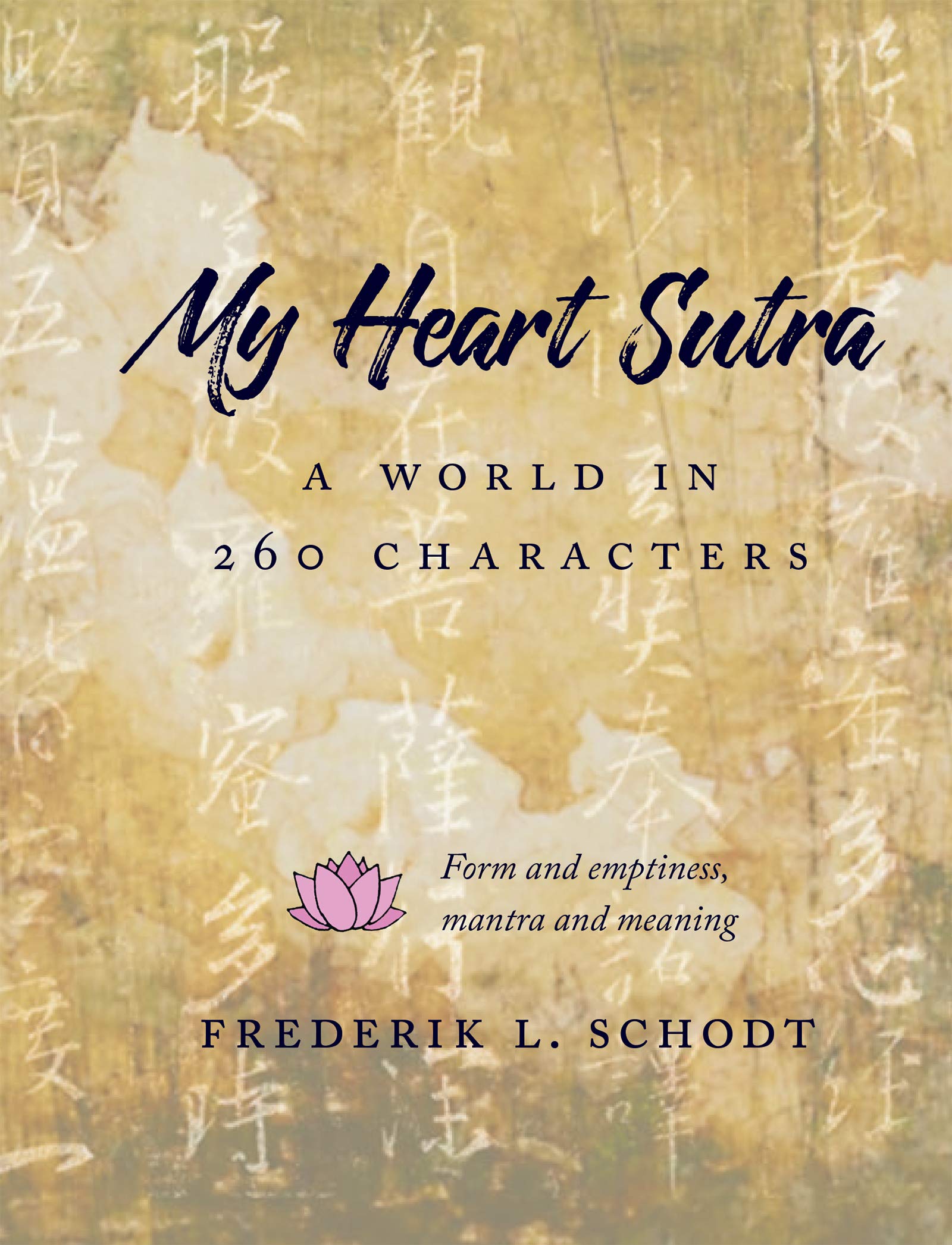
You’ve been involved with manga for a long time. Did you ever foresee how big it would get globally?
Given how difficult it is to export any kind of popular culture, especially to completely different societies, I never imagined that manga would become as popular globally as they have. It’s really an extraordinary phenomenon. A wonderful one.
Is there anything else you’re up to that you’d like to share with us?
I’m best known for my work with manga, but my own books also include subjects such as Japanese international relations, technology, and history. The thing that I realized recently is that in all of them I manage to sneak in something (sometimes quite a lot), about manga and pop culture. That’s true of my latest book, too, which is more of a personal and philosophical book. It’s titled My Heart Sutra: A World in 260 Characters. Of course, in Japan there are also manga about the Heart Sutra!
____
Danica Davidson is the author of the bestselling Manga Art for Beginners with artist Melanie Westin, plus its sequel, Manga Art for Everyone, and the first-of-its-kind manga chalk book Chalk Art Manga, both illustrated by professional Japanese mangaka Rena Saiya. Check out her other comics and books at www.danicadavidson.com.


